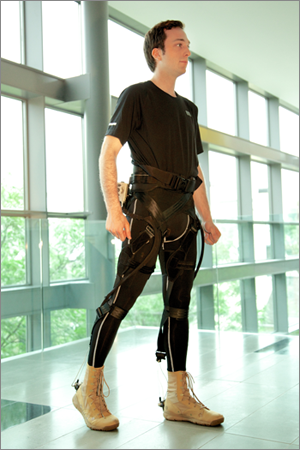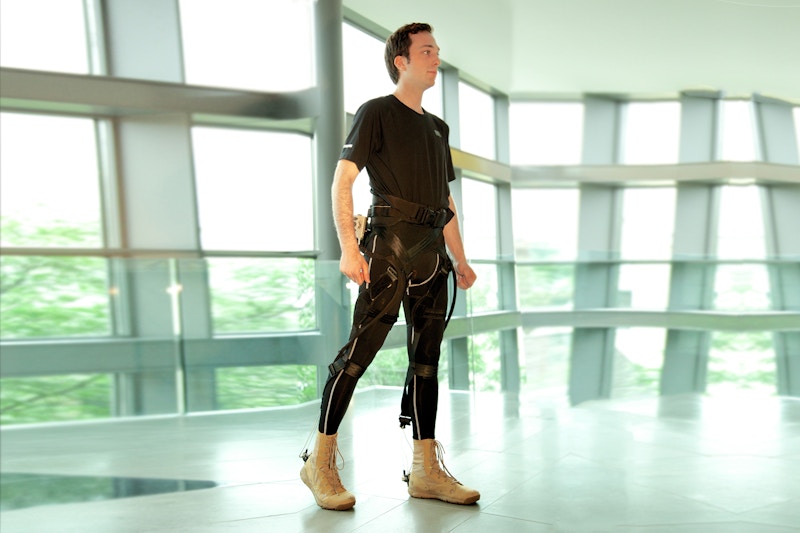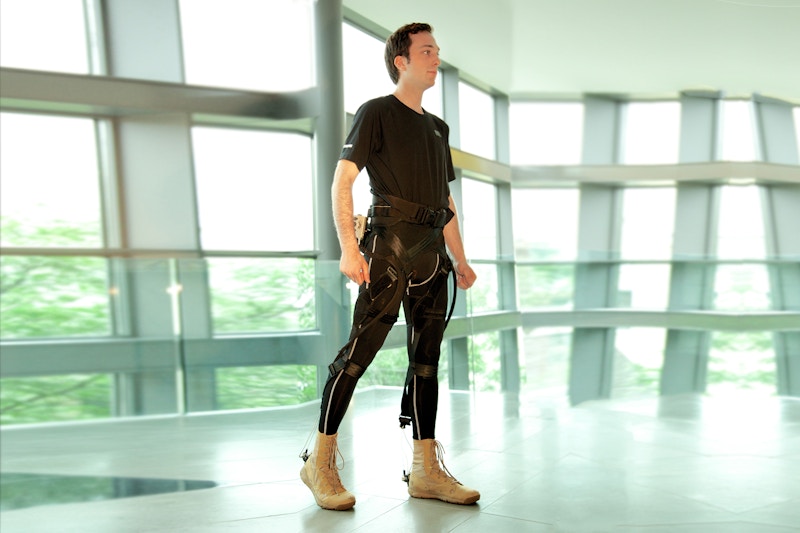“In the hallowed halls of Harvard University, a quiet revolution is brewing. Behind the scenes of cutting-edge research and academic excellence, a dedicated team is working tirelessly to unlock the vast potential of groundbreaking discoveries. The Office of Technology Development (OTD) is the unsung hero of Harvard’s innovation ecosystem, bridging the gap between the laboratory and the marketplace. For decades, this unassuming powerhouse has been instrumental in transforming pioneering research into viable startups, changing the face of industries and improving lives around the world. From life-saving medical breakthroughs to trailblazing technological advancements, Harvard’s OTD has been the catalyst for some of the most impactful innovations of our time. In this exclusive feature, we explore the remarkable journey of Harvard’s Office of Technology Development, and how it is paving the way for research commercialization, one startup at a time.”
Strategic Alliances and Open Innovation

The Wyss Institute for Biologically Inspired Engineering and ReWalk Robotics Ltd. have formed a strategic alliance to accelerate the commercialization of the Institute’s soft exosuit technologies. This partnership brings together the Wyss Institute’s translation-focused research and ReWalk’s commercialization expertise and experience in wearable robotics.

Accelerating Development and Commercialization
The agreement with ReWalk will help speed up the design of assistive exosuits that could help patients suffering from stroke and multiple sclerosis (MS) to regain mobility. Conor Walsh, Ph.D., a Core Faculty Member at the Wyss Institute, stated that “ReWalk brings commercialization expertise and experience in the area of wearable robotics and complements our translation-focused research. Ultimately, this agreement paves the way for this technology to make its way to patients.”

Complementary Expertise and Resources
The Wyss Institute’s soft exosuit development is a unique example of multidisciplinary research. The team’s varied technical expertise, research with voluntary study participants, and collaboration with faculty members from Boston University’s Department of Physical Therapy & Athletic Training have been central to understanding how to design and build these exosuits.
Ono Pharmaceutical Co. and Harvard University
Validating Novel Therapeutic Targets and Priority Research Areas
Ono Pharmaceutical Co. has entered into a five-year strategic research alliance agreement with Harvard University, aiming to validate novel therapeutic targets. The alliance will focus on research projects from labs across Harvard University in Ono’s priority research areas of oncology, immunology, neurology, and specialty areas with high unmet medical needs.
Leveraging Complementary Strengths and Accelerating Drug Discovery
Working together with Harvard’s Office of Technology Development (OTD), Ono will support and fund research projects that are jointly selected. With the combined expertise and resources of both Ono and Harvard, this strategic alliance will promote innovative drug discovery efforts. Ono has been dedicated to the drug discovery and development of innovative drugs, focusing on priority areas of oncology, immunology, neurology, and specialty areas to fulfill unmet medical needs.
Implications and Practical Aspects
The Role of Harvard’s Office of Technology Development
Harvard’s Office of Technology Development (OTD) plays a crucial role in supporting research projects and funding. The OTD also enriches academic research with real-world applications. Isaac Kohlberg, Senior Associate Provost, and Chief Technology Development Officer at Harvard University, stated that “Strategic alliances bring together academic discovery with industrial capabilities, not only accelerating the translation of groundbreaking discoveries into tangible innovations but also enriching academic research with real-world applications.”
Enriching Academic Research with Real-World Applications
Vivian Berlin, Executive Director, Harvard Medical School in Harvard’s Office of Technology Development, stated that “Harvard’s alliance with Ono underscores the university’s commitment to advancing our understanding and treatment of some of today’s most pressing health issues. The alliance will support research projects that pave the way for a future where complex diseases are better understood and more effectively treated.”
Conclusion
As the article has highlighted, Harvard’s Office of Technology Development (OTD) has been a crucial catalyst in transforming cutting-edge research into innovative startups. By providing essential resources, expertise, and support, OTD has enabled Harvard researchers to turn their ideas into reality, fostering a culture of entrepreneurship and driving economic growth. The article has demonstrated how OTD’s comprehensive approach, from patenting and licensing to spin-offs and funding, has paved the way for successful startup creation.
The significance of OTD’s efforts cannot be overstated, as they have not only generated significant revenue for Harvard but also contributed to the development of novel solutions addressing pressing societal challenges. The article’s case studies, showcasing the success stories of startups like Modavi and Spero, serve as a testament to the impact that OTD has had on the research-commercialization landscape. As the world grapples with complex issues such as climate change, healthcare, and technology, the work of OTD serves as a beacon of hope, demonstrating the potential for academic research to drive meaningful change.
As we look to the future, it is clear that OTD’s innovative approach will continue to shape the trajectory of research commercialization. With the increasing emphasis on interdisciplinary collaboration and translational research, OTD will be poised to facilitate even more effective partnerships between academia, industry, and government. As we embark on this exciting journey, we are reminded that the true power of research lies not only in its scientific merit but also in its potential to transform lives and drive progress. As the article so aptly concludes, “the future is bright, and the possibilities are endless, as long as we continue to harness the power of innovation and collaboration.”
